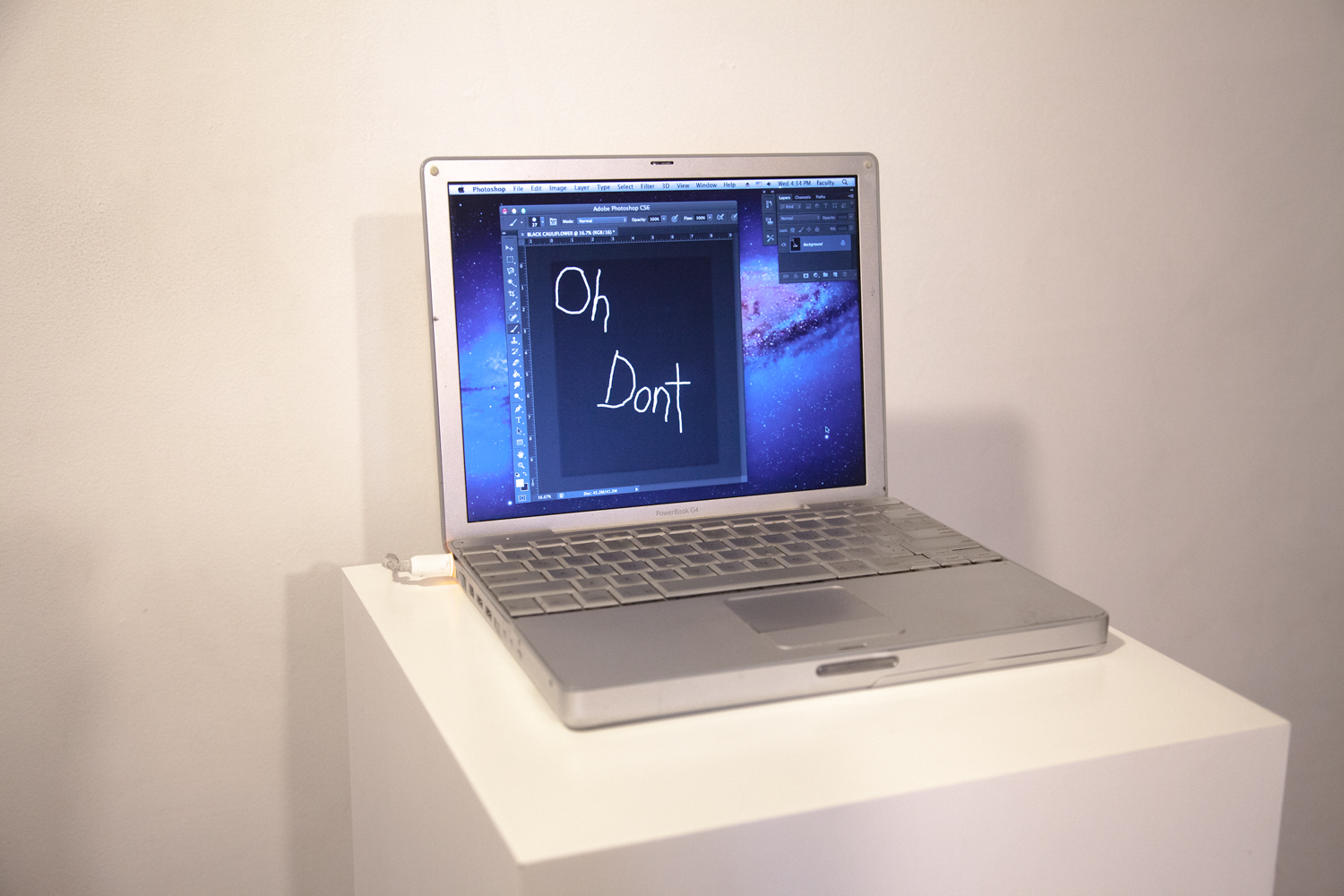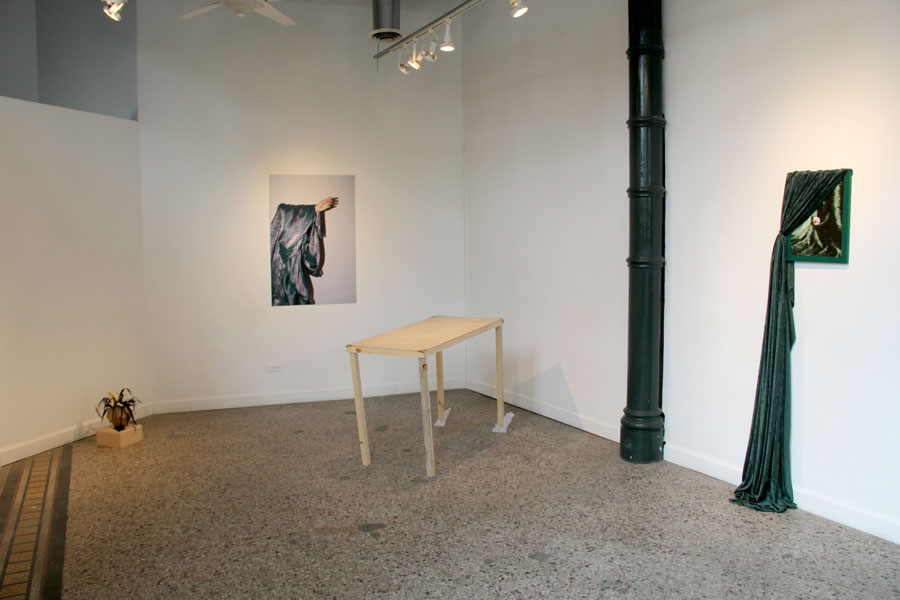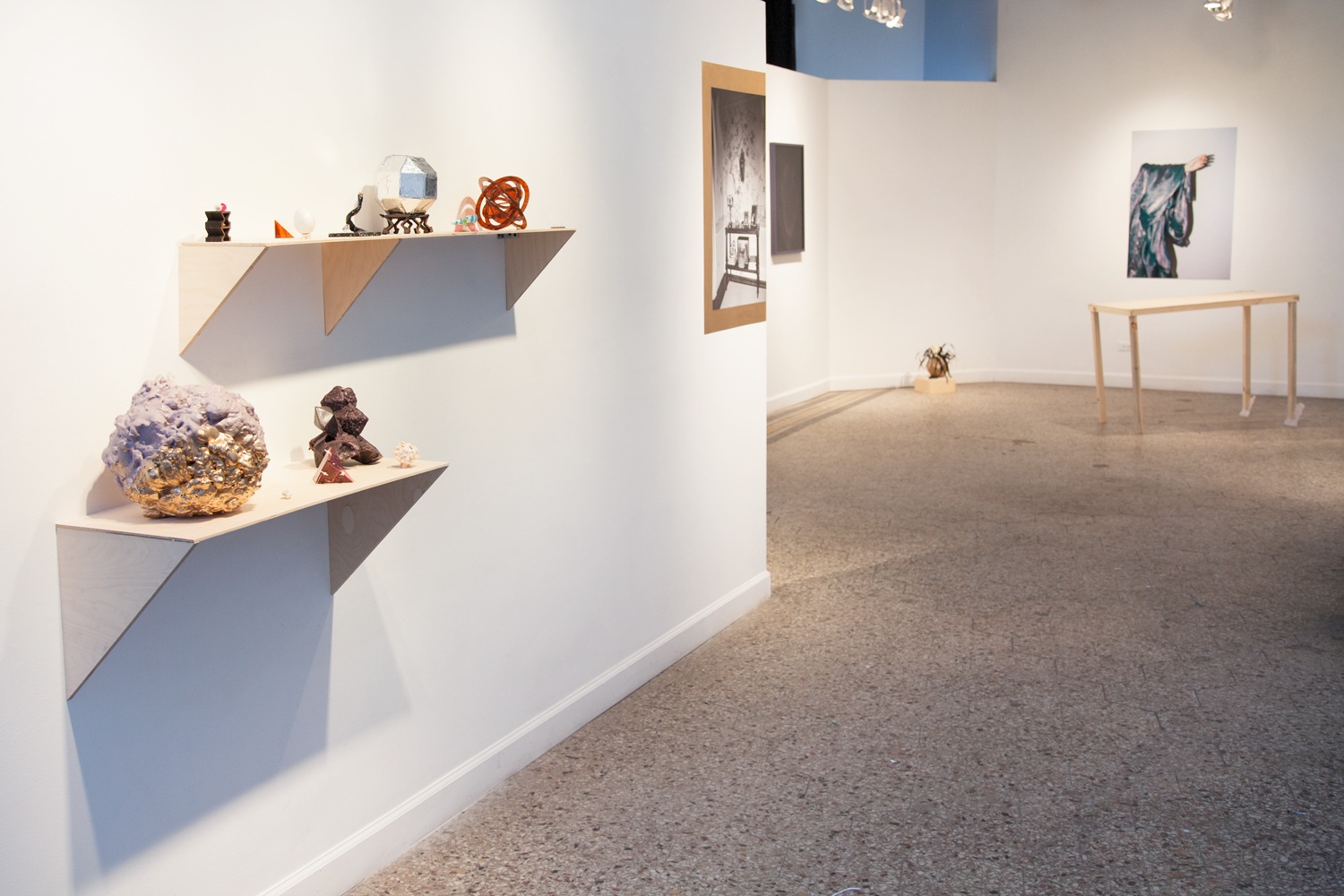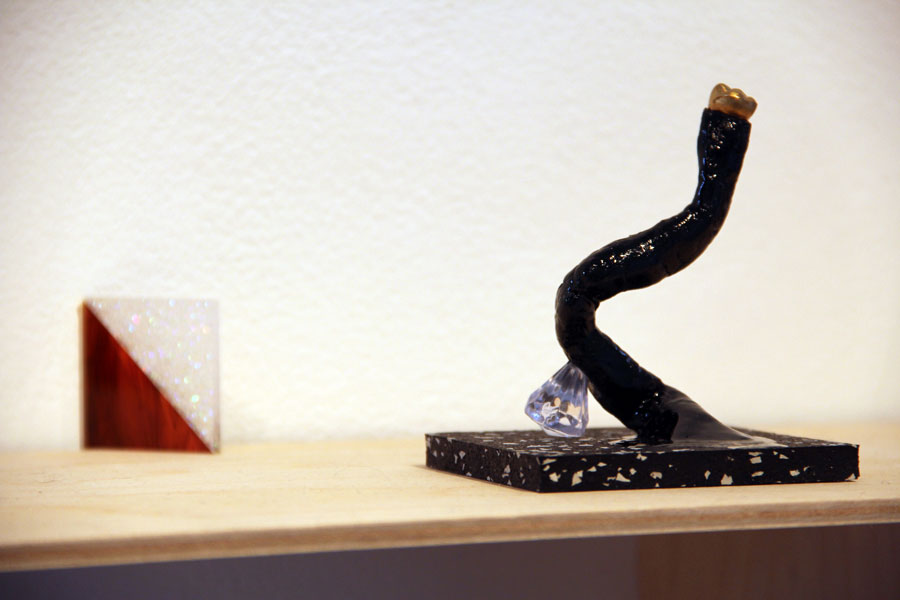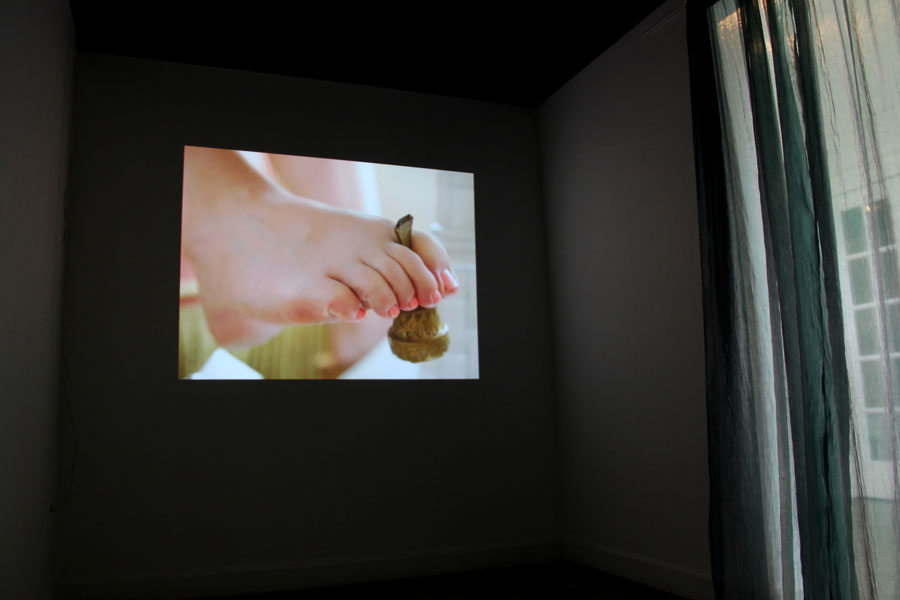
Black Cauliflower: Work by Corkey Sinks & Jamie Steele
I see a black object coming to within three inches of my face. I cannot describe it. It went up instantaneously. It looked like a cauliflower.¹
I could feel my definitions fading. And beneath that darkness there was another kind—it was deeper—warm, like a substance.²
Words fall short in describing spectral experience. Language becomes crude and vague; words like “energy” and “presence” are abused. Imagination swells where the eyes cannot see. The strong desire for communication between dimensions yields blind faith, and opens up spaces for invocation of the beyond within, where there is both comfort and vulnerability.
Black Cauliflower emerges from the artists’ shared interest in popular spirit photography and metaphysical experiments of the late 19th and early 20th centuries. Developing alongside widespread familiarity with photographic technology, public debunkings, and expanded media saturation, remnants of the era remain visible in American culture. The desire to capture and understand that which exists beyond comprehension persists. The paranormal experience remains ethereal. Dreams deliver messages we struggle to remember in the morning. I hear my mother call my name; she is asleep.

